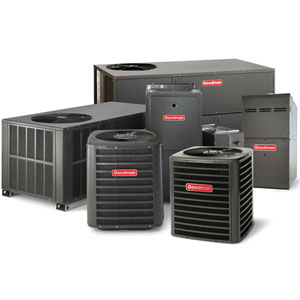
Resources
- Home
- About Air Cooling Systems
- Air Conditioner Pre Cooling System
- Air Cooling System
- Air Cooling System Design
- Air Cooling System In Automobiles
- Air Cooling System Reviews
- Air Cooling Systems FAQs
- Air Cooling Systems For Homes
- Air Cooling Systems For Offices
- Air In Cooling System Symptoms
- Car air Cooling System
- Car Air Cooling System
- Compressed Air Cooling System
- Cooling Air System
- Engine Air Cooling System
- Forced Air Cooling System
- Forced Air Heating And Cooling System
- Gas Turbine Inlet Air Cooling System
- How Do Air Cooling Systems Work
- Simple Air Cooling System
- Types Of Air Cooling Systems
- Underground Air Cooling System
- Where To Buy An Air Cooling System
Types Of Air Cooling Systems
Regardless of the types of air cooling systems, their main function is to maintain the required temperature for optimal performance and prevent engine seizure. Heat is generated during the engine’s combustion process, and as the engine temperature rises, it becomes more difficult to get rid of the generated heat. With increased compression ratios and engine run, there is also the corresponding increase in the engine’s revolutions per minute or RPM.
Thus, at higher levels of performance, both types of air cooling systems would require higher capacity to absorb the heat from the engine block and release the same into the external environment.
Starting and Engine Cooling Systems
The combustion chamber of the engine can generate heat of as much as 4500 degrees Fahrenheit. About a third of the fuel supply powers the engine, while the remaining fuel supply is converted into heat energy. Both types of the air cooling systems minimize the amount of heat that is generated while the engine is running. It prevents serious damage to the engine due to excessive heat. The correct or ideal operating temperature is extremely important. Engine temperatures which are lower than the ideal operating temperature level can result to inefficient engine operation, while engine temperatures which are way above the operating temperature level can result to serious damage to the engine.
The engine cooling system of modern cars is composed of a water pump and a heat exchanger. Fluid or coolant is circulated in both types of air cooling systems and is moved to the engine to absorb the heat that accumulates on the engine block. The heated fluid is brought back into the air cooling system and moved to the heat exchanger where the heat is released into the external environment.
There are 4 main components of the engine cooling systems:
- Liquid Pump
- Water Block
- Reservoir
- Heat Exchanger or Radiator
Functions of Both Types of Air Cooling Systems
The temperature in the engine’s combustion chamber can go as high as 2,500 degree Celsius. This is the main reason why both types of the cooling systems are critical in maintaining the temperature around the cylinders. The most critical areas are those within the sections near the exhaust valve as well as the cylinder head that is not reached by the coolant. Without either of the 2 types of the air cooling systems, temperature within the cylinder can get so high that the piston can weld itself up to the engine cylinder. This event can lead to the irreversible damage to the engine.
Types of Air Cooling Systems
There are two types of air cooling systems, and these are:
- Cooling System for Water-Cooled Engines
- Cooling System for Air-Cooled Engines
The cooling system for air-cooled engines is common in old car models and motorcycles. It is also the same air cooling system used in a few modern vehicles as well as lawnmowers and airplanes. Instead of coolant or fluid that circulates within the air cooling system, aluminum fins are attached to the engine block to absorb excess heat through the process known as conduction. Heat is transferred from the heat exchanger with the use of powerful fans.
The cooling system for water-cooled engines makes use of coolant or fluid which gets in contact with the cylinder block and cylinder head through a system of passages and jackets. Temperature within the engine is kept at the required operating level with the absorption of the accumulated heat by the coolant or fluid as it passes through these critical parts of the engine.
